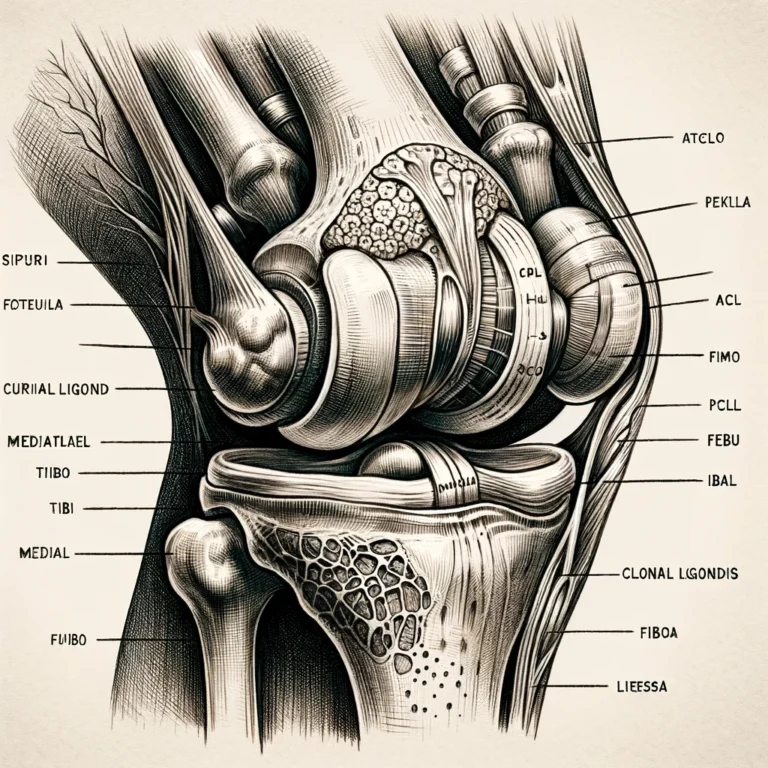Ready, set, go: New research shows how marathon running affects different foot muscles
With the current trend of fitness consciousness, many people have included long-distance running as part of their exercise regimen. They also participate in several local, national and global marathons. But marathon running can lead to muscle fatigue and damage to the foot muscles, which in turn can lead to chronic pain or injuries. Currently, there is little information about the impact of marathon running on the different foot muscles.
Foot muscles are generally categorized as intrinsic or extrinsic muscles. While intrinsic muscles originate and insert into the foot, extrinsic muscles originate in the lower leg and insert into the foot through the ankle. Both muscle groups help stabilize the medial (inner) longitudinal arch of the foot. Although some studies have linked muscle swelling caused by long-distance running to lowering of the longitudinal arch, associating this with intrinsic and extrinsic muscle damage has thus far been challenging.
Now, a new study examines the damaging effects of running a full marathon on the intrinsic and extrinsic foot muscles, and its association with changes in the longitudinal arch of the foot. The research team was led by Professor Mako Fukano from Shibaura Institute of Technology (SIT) and also included Kento Nakagawa from Waseda University, Ayako Higashihara and Takayuki Inami from Keio University, and Takaya Narita from Toin University of Yokohama. Their findings were published online on April 27, 2023 in Scandinavian journal for medicine and science in sports.
The study recruited 22 college runners from athletic clubs who ran at least 2-3 times a week and had registered for a full marathon race at the Mount Fuji International Marathon in either 2019 or 2021. The researchers first assessed magnetic resonance imaging (MRI) based transverse relaxation time (T2), as an indicator of muscle damage, for the participants’ intrinsic and extrinsic foot muscles at four intervals: before the marathon, and 1, 3 and 8 days after running the full marathon. T2 is defined as the time required for the transverse magnetization vector in an MRI to decay to approximately 37% of its initial value, and is influenced by tissue-specific characteristics.
The intrinsic muscles studied included the abductor hallucis (ABH), flexor digitorum brevis (FDB) and quadratus plantae (QP) and the extrinsic muscles included the flexor digitorum longus (FDL), tibialis posterior (TP) and flexor hallucis longus (FHL). ). ). The researchers also determined longitudinal arch height via three-dimensional analysis of foot posture for 10 of these participants at the same time intervals as the T2 MRI to determine changes in the height of the longitudinal arch of the foot.
When comparing with the values of T2 before the marathon, the researchers noted that the T2 the values of QP, FDL, TP and FHL increased significantly one day after the marathon and varied during the observation period. Furthermore, they also found that the increase in T2 of TP persisted three days after the marathon. However, they did not observe a major difference in T2 for ABH and FDB. The team found no significant changes in toe flexor strength in any of the participants. Interestingly, they also noted that the arc height ratio statistically decreased from before the marathon to 1 and 3 days after the race, and this change could be correlated with T2 changes in FDL and FHL.
“These results indicate that the damage and recovery response after a full marathon differs between different foot muscles. For our research participants, all three extrinsic muscles and only one intrinsic muscle showed damage after marathon running, suggesting that extrinsic muscles could be more susceptible to marathon-induced damage than the intrinsic damage,” explains Prof. Fukano. This striking damage to the extrinsic foot muscles reflects the high pressure exerted by the ankle joint during long-distance running, compared to the rest of the foot – something other studies have also shown. Because QP is attached to FDL and/or FHL, it may also have a secondary function in running in addition to the extrinsic foot muscles, making it the only intrinsic foot muscle damaged by marathon running. Furthermore, the correlation between FDL and FHL and longitudinal arch height indicates that marathon-induced damage to these extrinsic muscles could be a factor in reducing arch height.
“As more people now run for fitness, our findings can provide runners and sports professionals with insights into planning better recovery strategies that target muscle fatigue and damage to prevent running-related injuries and also improve runners’ fitness,” concludes Prof. Fukano.





